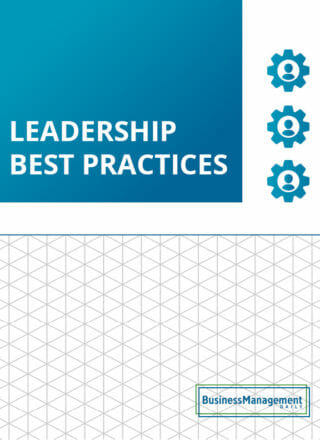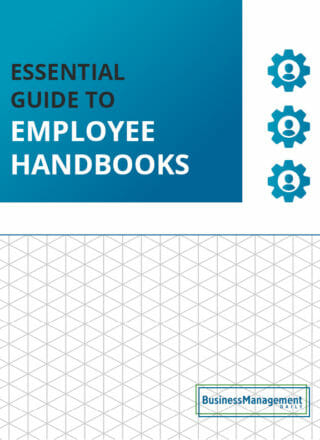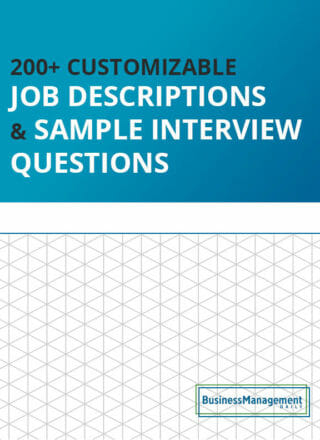Redefining success beyond grind culture
Beyond the grind: A healthier approach to motivation
Hard work builds great things. This is a fact best understood by anyone who’s spent months or years finishing a project—staying focused, consistent, and on task is key.
It’s not always easy to do, however, and just like your local gym empties slowly after New Year’s, ambition is a fire that needs constant fuel to survive.
Enter motivation.
Whether it’s a pep talk, breathing exercises, time slots scheduled throughout the day, or pinning magazine cutouts to a vision board, everyone has to find a way to keep working until work is done.
Some motivational strategies are fun and harmless, like planning a getaway after meeting a deadline. However, other methods are less healthy and aim to motivate people through shame.
Grind culture is one of these strategies. At its core, grind culture emphasizes relentless work and hustle, usually at the expense of personal well-being, mental health, leisure, and relationships.
Like all motivation strategies, grind culture touts delayed gratification—trading your current peace and well-being for results and rewards in the future. Unlike other motivational strategies, rise and grind culture uses guilt and shame to motivate people.
Turns out nobody needs that. You don’t need a baseball team to club you over and over to toughen up. Achieving great things takes sacrifice, no doubt, but not dehumanization.
There are healthier ways to reach your goals than with grind culture-style shame and guilt—workplace culture practices that worsen productivity by stressing people out and overworking them.
Let’s discuss why grind culture is outdated and how to motivate teams without risking their wellness.
What does grind culture mean?
“The grind” is the term of endearment we Americans gave to working for survival (calling back to stone mills that grind grain into flour). Unlike interest payments on your rich uncle’s trust fund, grinding is the only way we lowly wage workers make money—you work for an hour, you get an hour’s worth of progress.
Indeed, the grind never sleeps.
There’s a debt of work to be done and more work after that. And because stuff wears out and breaks down, what’s there now may not be tomorrow.
Work is constant, as evidenced by Anglo surnames like Miller, Baker, Carpenter, Goldsmith, Smith, etc.—occupations so vital to community survival that, in the old days, your identity was just your job.
But not everyone has an occupation, at least not one that puts food on the table. For them, constant manual labor has to replace skilled occupations. Thus, the grind was born.
Grind culture values constant work to where making money takes priority over:
- Rest and relaxation
- Planning out your life
- Having friends
- Taking part in non-lucrative community activities
- Finding fulfillment outside of work
The 1:1 ratio of work to output means that breaks are only appropriate once you have enough money. Since money is of abstract value, there’s no such thing as enough, which is how grind culture prioritizes nonstop work over self-care and a work-life balance.
Where grind culture comes from
 The job market stinks right now. So does the economy. Despite loads of money changing hands, very little makes its way to the working class, leading to less spending, more significant wealth disparity, and higher unemployment.
The job market stinks right now. So does the economy. Despite loads of money changing hands, very little makes its way to the working class, leading to less spending, more significant wealth disparity, and higher unemployment.
Americans need money, but because wages don’t keep up with inflation, many workers have left the traditional workforce to chase side hustles. It’s easy to see why: side hustles don’t have rules about overtime pay.
There’s no limit to how much extra cash you can earn. With enough time and willpower, you can grind your way to independent wealth.
Enter social media
An interesting new trend emerged when Instagram blew up in the early 2010s. People were earning money, not by grinding out side hustles, but by pretending to be experts who could help you find your side hustles.
These “entrepreneurs” teased a smidgen of helpful information while hinting at better, real secrets enshrined in their private course series—courses that cost thousands of dollars to enroll in.
If these were the old days, their last name would’ve been Influencer. Side hustles are great, but bragging on camera about the secret to making millions? Priceless.
Social media influencers pulled jaw-dropping follower counts everywhere you looked by promising ways to bootstrap wealth. It didn’t matter that income inequality was growing alongside the side hustle economy.
Nobody asked why people with multiple side hustles still struggled with their finances like everyone else. All that matters is that anyone can do it!
Okay, this isn’t all that novel—con men have been selling the secret to eternal youth since the 1850s—but there’s a difference: back then, con men could only scam a few people at a time. A grind culture influencer can con millions with a single post and do it all from their bedrooms.
In short, the people selling grind culture aren’t the ones doing the grinding; they’re just profiting from it.
Grind culture’s impact on mental and physical health
Self-reliance can only take you so far. Sometimes, you must delegate tasks to others or watch your limitations negatively affect the project. This is why grind culture is ambiguous when it comes to teams and why it leads to burnout.
Finishing a project is satisfying, but admitting that you can’t do it all yourself? Not so tough. Grind culture urges workers to do everything themselves, leading to negative work culture traits like:
- Lack of recognition
- Departmental silos
- High operating budgets at the cost of low salaries
- Cult-like reverence of leaders
- High employee turnover
- Widespread burnout
People work. Wanting to achieve things is a human emotion. With grind culture, however, that natural ambition becomes a lofty tower from which to look down on others. Poor? Fat? Depressed? They probably should’ve worked harder.
Grind culture doesn’t have an answer for how to ask for help. Instead, it atomizes societies by isolating individuals. People stop borrowing stuff from their neighbors in the scramble to be self-reliant. The Millers, Bakers, and Carpenters go out of business as their old customers take the DIY route.
And that leaves you, the individual, on the hook for everything survival requires. Should you ask for help, Grind Culture has a fee-based marketplace to put you in touch with contractors whose only qualification is being a hustler.
Having to do it all 24/7 puts you under immense pressure to perform constantly, but it’s also objectively bad for getting things done—and it gets worse with age.
Alternatives to grind culture
It’s long past time to move on from what Erin Griffith calls “performative workaholism.” Superhuman work stamina doesn’t hold the same appeal as it once did, and Gen Z-ers are increasingly suspicious of people who value work too much.
Unfortunately for Americans, many of our workplace norms come from grind culture. Working through lunch, coffee being reserved for closers, and sales leader boards—there’s a real risk of whiplash that accompanies replacing all these idiosyncrasies.
How do you replace such historically powerful motivators without losing motivation altogether?
Approach #1: Outcomes-based quotas
Say goodbye to “Find something to do” and hello to “Feel free to leave early if you’re all done.”
Grind culture doesn’t have a 5 p.m. bell. Work doesn’t end when you hit 40 hours a week; it only pauses once you can’t keep your eyes open anymore. This doesn’t empower restless teams of achievers so much as it creates a team of sleepyheads with error-plagued work and unhealthy coffee diets.
Managers can provide a work queue with clear expectations about when to stop. Some tasks may take longer, but employees should be able to achieve a reasonable quota within working hours.
Yes, it requires extra planning and effort on the part of managers—they need to know what kind of workload their team can carry—but the long-term effects of clear work boundaries will keep good employees from burning out or quitting.
Make clocking out cool again.
Approach #2: Focus on recognition
When can you celebrate wins if there’s always more to do? Once again, grind culture doesn’t have an answer for recognizing a job well done.
Recognition is one of the best ways to motivate employees. When people feel their good work is appreciated, they do more of it. This fact alone should’ve quashed grind culture long ago.
However, motivating people is a constant job. HR departments and team managers must look for employees who put in a solid day’s work and recognize them for it.
You can recognize an employee’s hard work through:
- Bonuses
- Callout emails or chat groups
- Awards ceremonies
- One-on-one conversations
- Thank you cards from the whole team
Don’t use recognition to encourage unhealthy work habits; applaud a practical, healthy commitment to the job. And do it regularly.
Approach #3: Lead by example
Grind culture starts at the top, but so do healthy workplace cultures. Employees who see their leaders valuing a work-life balance feel empowered to do the same.
Leaders aren’t always patient with the time it takes for ideas to come to fruition. They see the end goal and get excited about the steps needed to get there. Shouldn’t everyone else be, too?
Realistic time frames are an essential part of business planning. Making promises to clients by jeopardizing team member well-being is an unsustainable business strategy. Instead, put everyone at ease by setting clear, realistic expectations for every project.
Building a healthy relationship with work
Life is short; work is constant. Even if you achieve your dreams by working all hours of the day, what is the cost?
Grind culture and hustle culture both stem from the same fear of inadequacy. While working more than everyone else may temporarily alleviate that insecurity, sacrificing all your relationships to be the best employee will leave you stuck enjoying the spoils alone.
Work is part of life, but only a part of it. Help your teams take pride in their work by leaving it at work. Don’t glorify staying late. Make it easy to take time off. Above all, recognize the importance of taking a break.
Additional resources:
Hustle culture: Why hard work alone won’t make you rich ![]()
Act your wage: How young workers are responding to stagnant pay ![]()
Workplace etiquette: The ultimate guide to professionalism ![]()
Want more insights like these? Visit Dallin Nelson’s author page to explore his other articles and expertise in business management.







